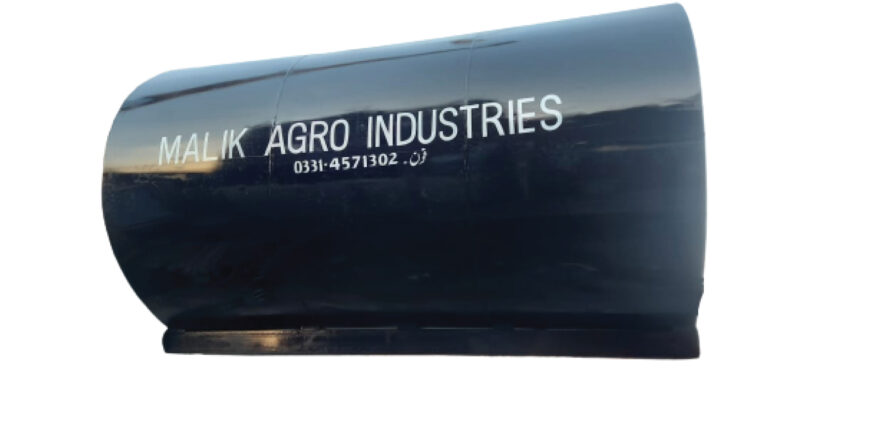Water storage tank
A water storage tank holds fresh water from your contrary osmosis system or other filter systems until you’re ready to use it. Hurried storage tanks force water out on-demand, while atmospheric tanks need a promoter pump to stock pressure. Water storage tanks are in an enormous range of sizes, enterprises, and stipulations, and can be used residentially, commercially, and for complete industrial or municipal enterprises.
To understand what kind of water storage tank you want, use our comprehensive liquid storage tank selection guide. Selecting the best water storage tank to meet your supplies shouldn’t be a confusing process. There are many vital factors to anticipate when picking the accurate types of tanks for your application.
How does a water storage tank work?
A water storage tank grips clean water from your reverse osmosis system until water demand is started in the house or business. Water is drove into the tank from the water source, like a well or a converse osmosis system. The tank accumulates water until it is full. When you need access to water, be it to fill your glass up with clean water, run a wash, or dampen a field, the storage tank offers your quick access to water.
Point-of-use applications, like reverse osmosis storage tanks, archetypally implement pressure tanks. Outdoor applications or extensive municipal water storage procedures often use atmospheric tanks.
How do pressure tanks work?
Pressure tanks use crushed air to make water pressure within the tank. A pressure tank is created with an air chamber or bladder and comes with a pressure pre-charge. As the tank fills up with water, the weight of the water will start to compress the air. As the air endures to compress, the pressure within the tank builds. When the tank spreads a certain internal pressure, it signs to the feed source to stop delivery.
When you open a spout in your kitchen, the air pressure bears down on the water as it is free from the tank. Pushing hassled water through your pipes and out of your kitchen sink. Further, When water departures the tank, the air will start to enlarge again, plummeting the tank pressure, and motioning to the water source to restart delivery. If the pressure tank is being used to store well water, this means the tank will sign the good pump to turn back on. If the storage tank is collecting RO water, lowering pressure will signal the reverse osmosis system to restart production.
Pressure tanks permit pressurization without the assistance of pumps. Since air will bandage and water will not, the air within the tank will gradually upsurge the pressure of the water as the tank fills up. There are also pressure tanks that do not trust hydropneumatic pressure. These are recognized as constant pressure tanks. Constant pressure tanks deliver city-like water pressure at all times, regardless of how several appliances are demanding water. tank at a stable, reliable pressure.
Thermal expansion tanks:
Thermal expansion tanks protect your plumbing system by growing the dimensions of your traditional tank-style water heater. Through a procedure called thermal expansion, your water heater will increase as it heats the water. For instance, if your 40-gallon water heater is occupied with water, once that water upsurges in temperature. It will increase the sides of the tank. This means your 40-gallon tank’s volume will surge to around 42 gallons when heating the water. If these additional two gallons have nowhere to go, they will drive against the walls of the water heater. This development and contraction put draining on the walls of the tank and given enough exposure to these amplified pressures, your tank can burst. Replacing a water heater is extremely classy, not to mention repairing the compensations of a basement underwater with hot water.
Thermal expansion Water storage tanks attach unswervingly to the water heater. Then, And gives those extra 2 gallons of water anywhere to go. Averting them from pressing on the sides of your tank-style water heater. Thermal development tanks control compression build-ups in closed water systems. To guarantee the pressure is steadied, validate that the pressure change in the thermal expansion tank is the similar as the pressure in your water heating system.


